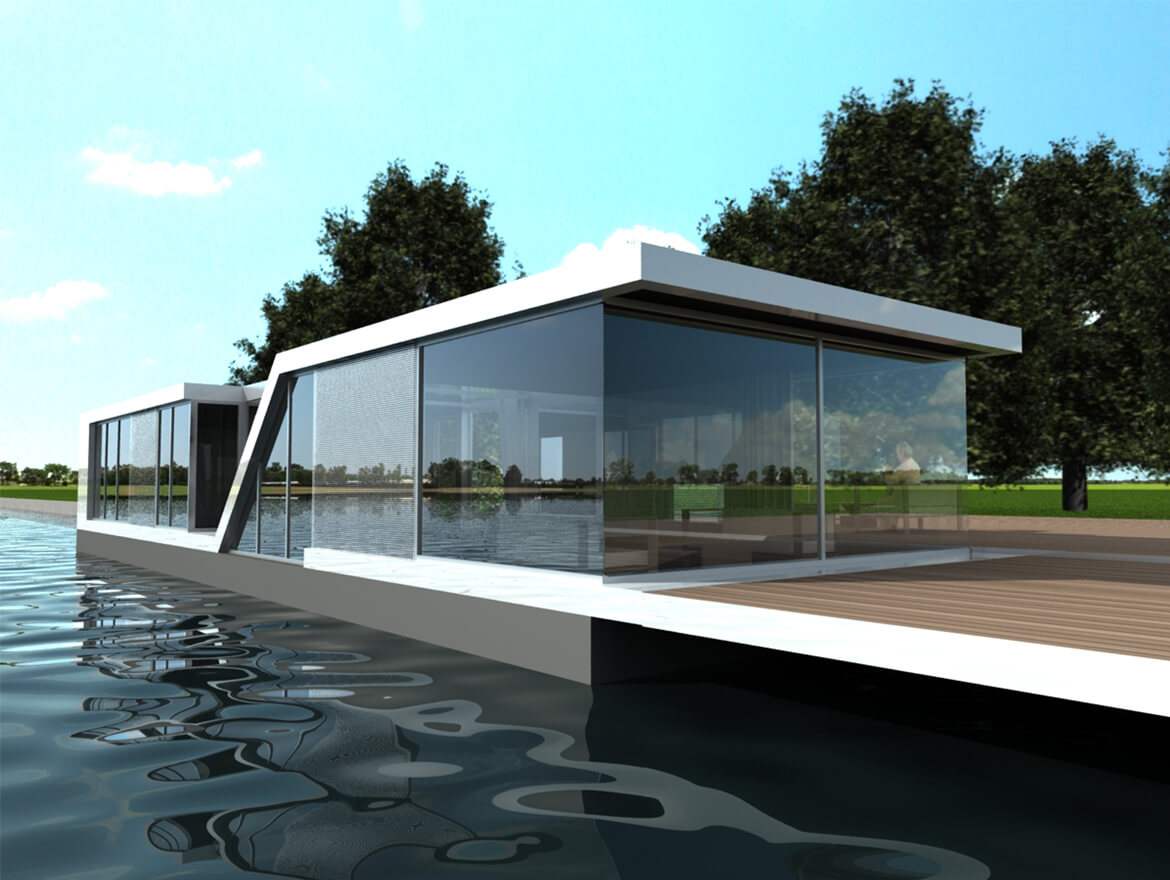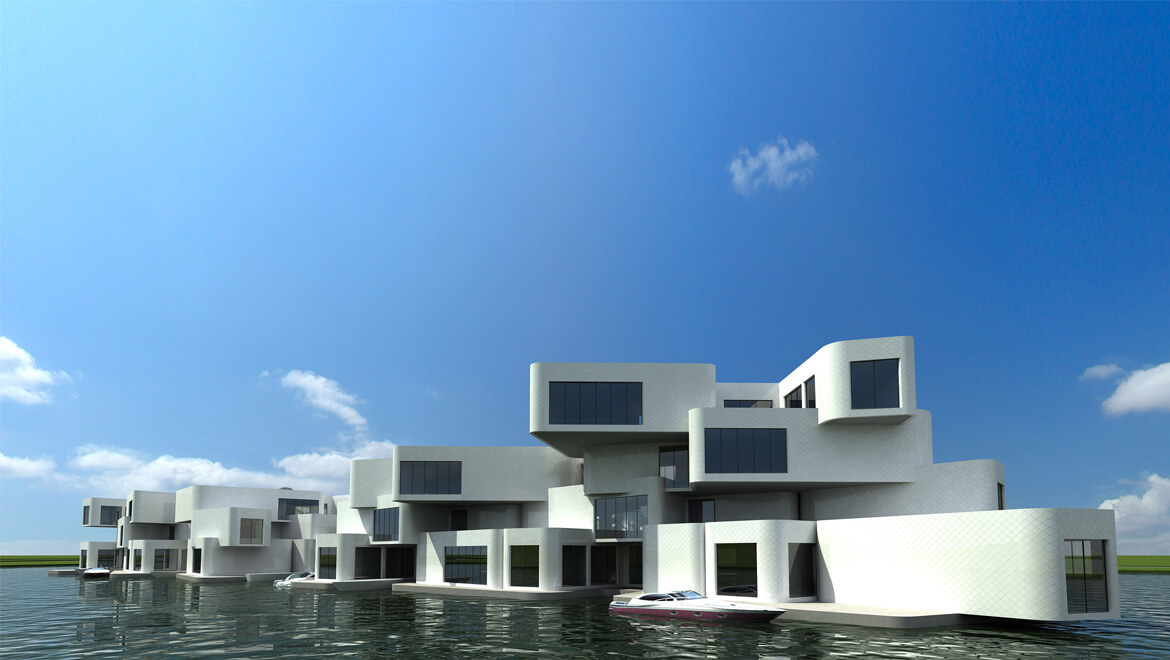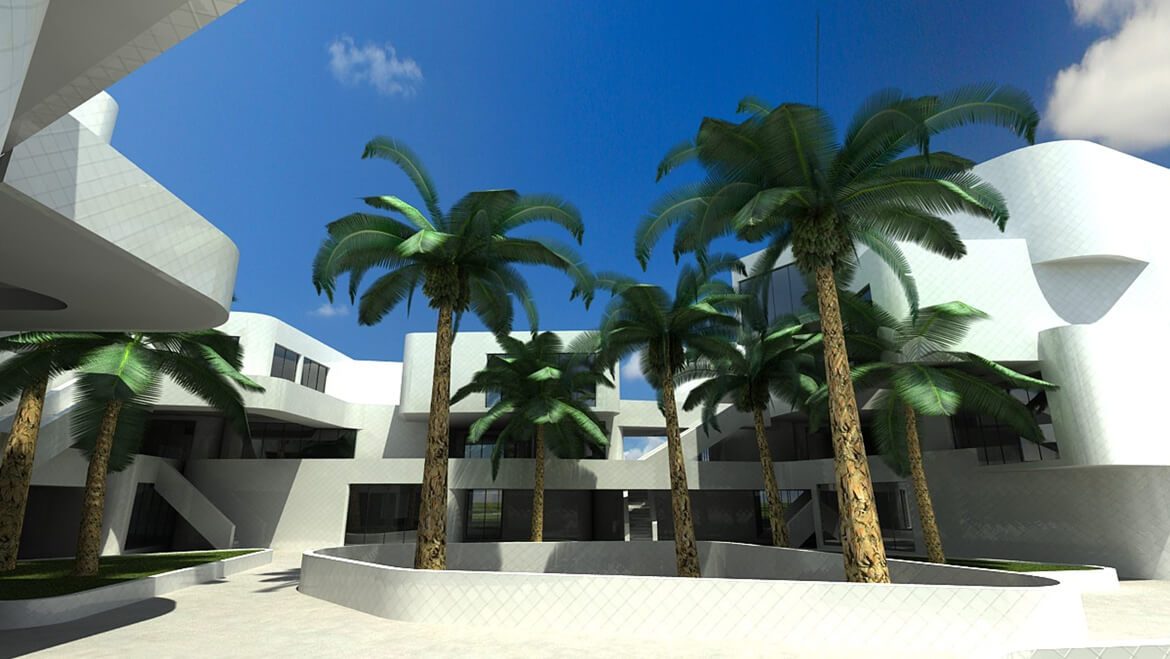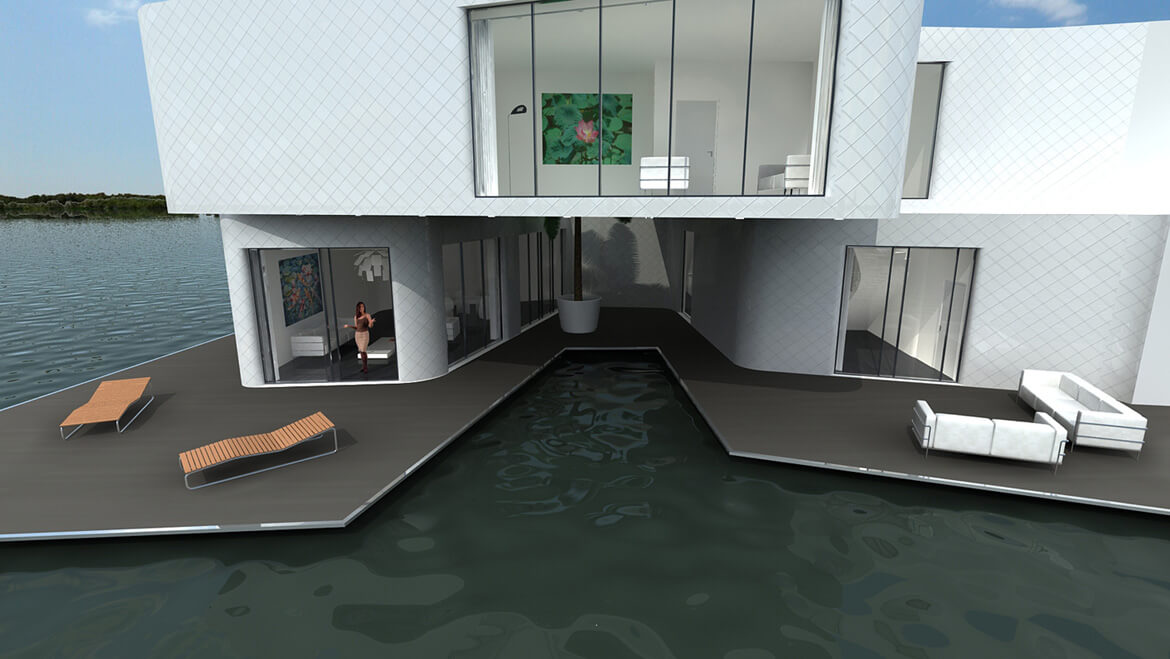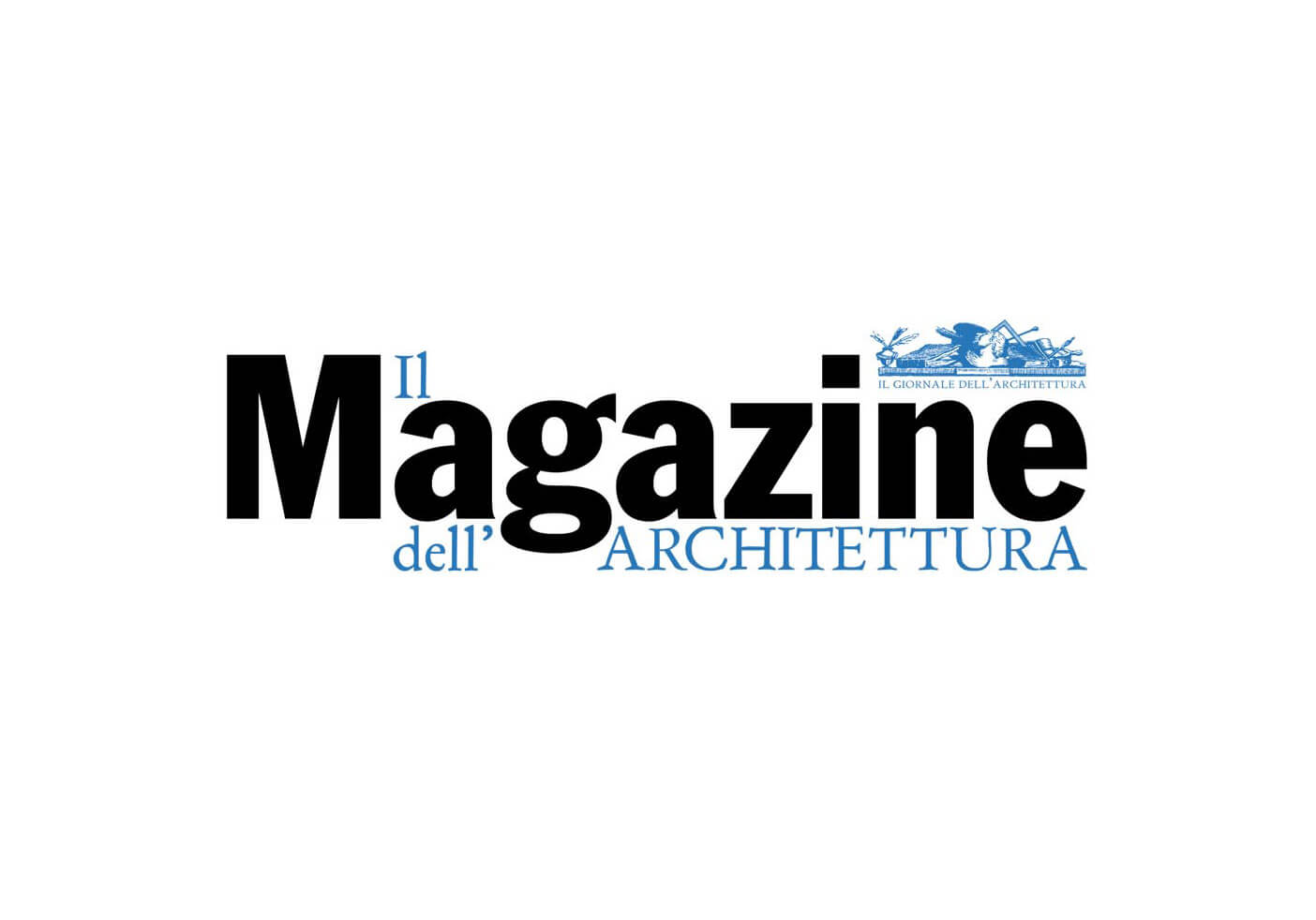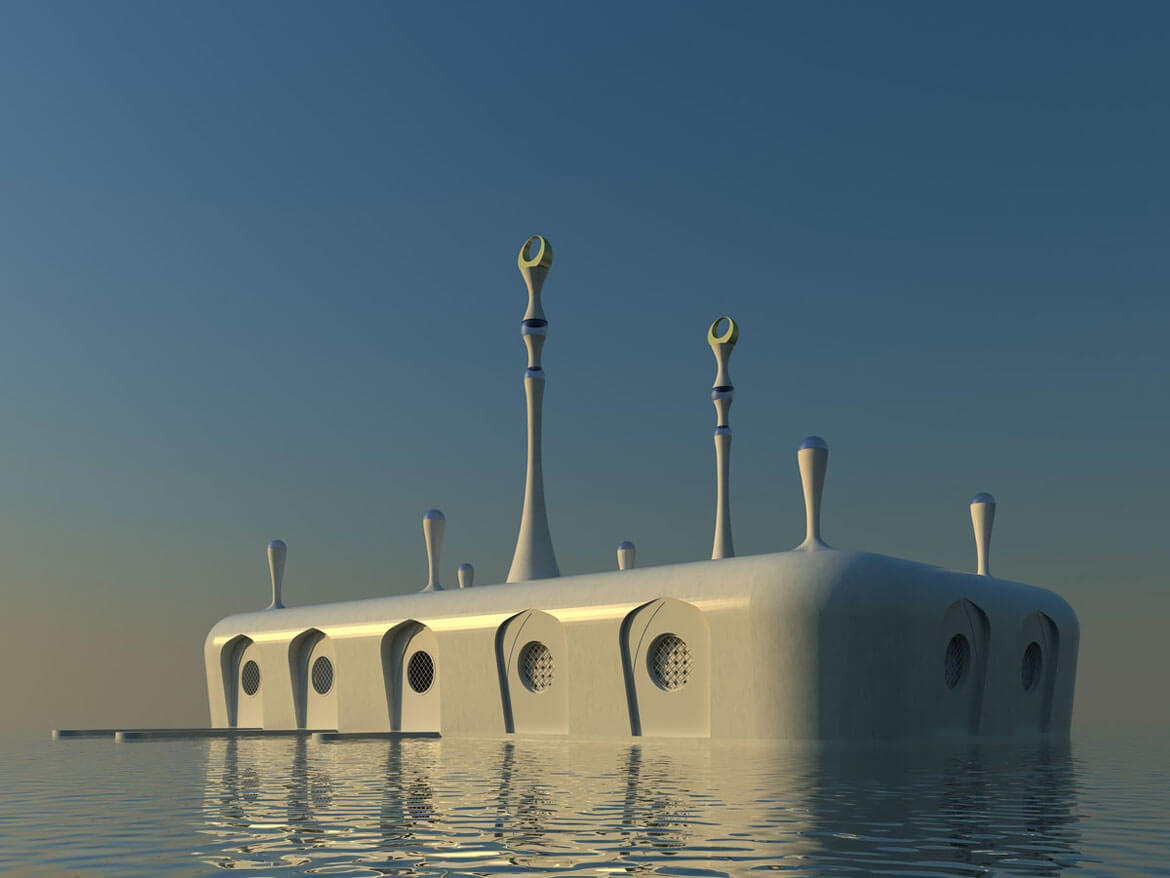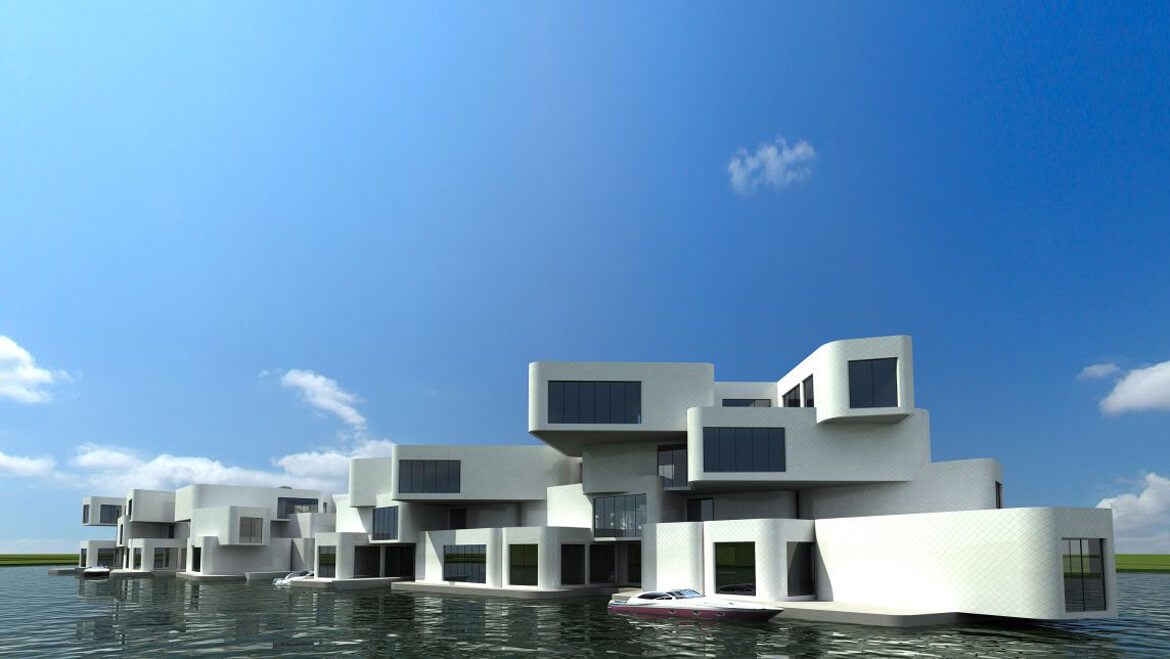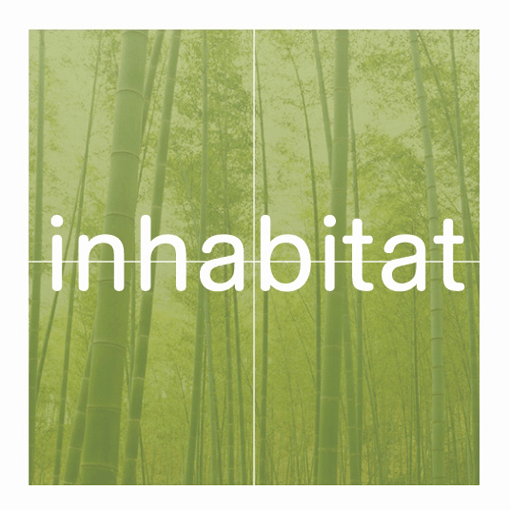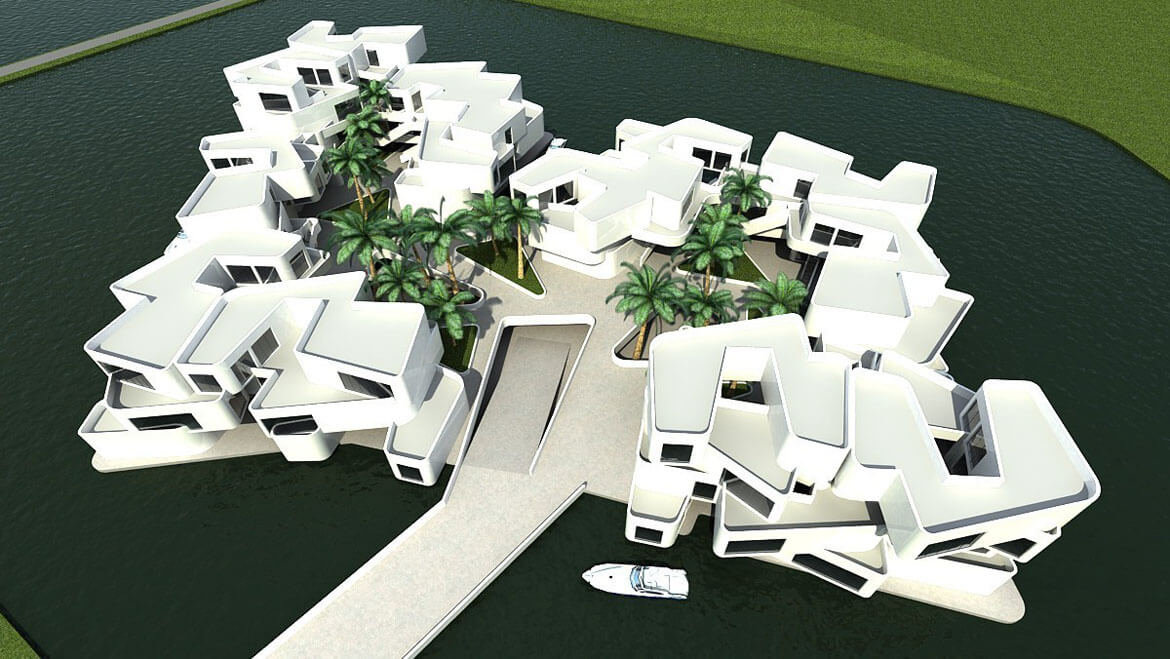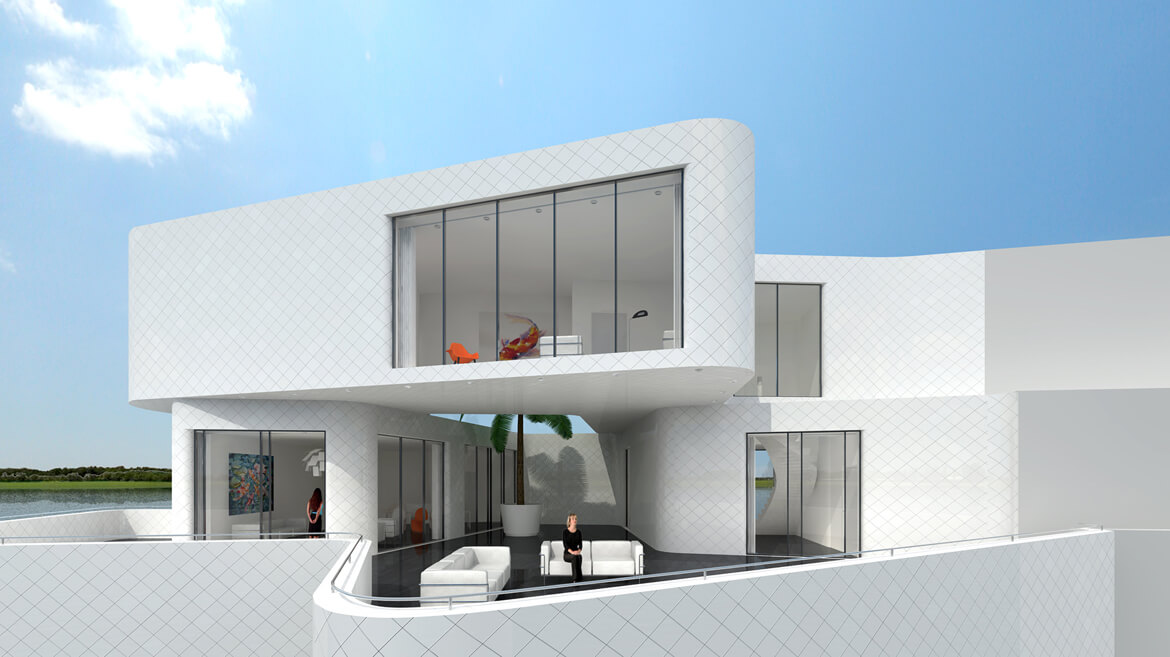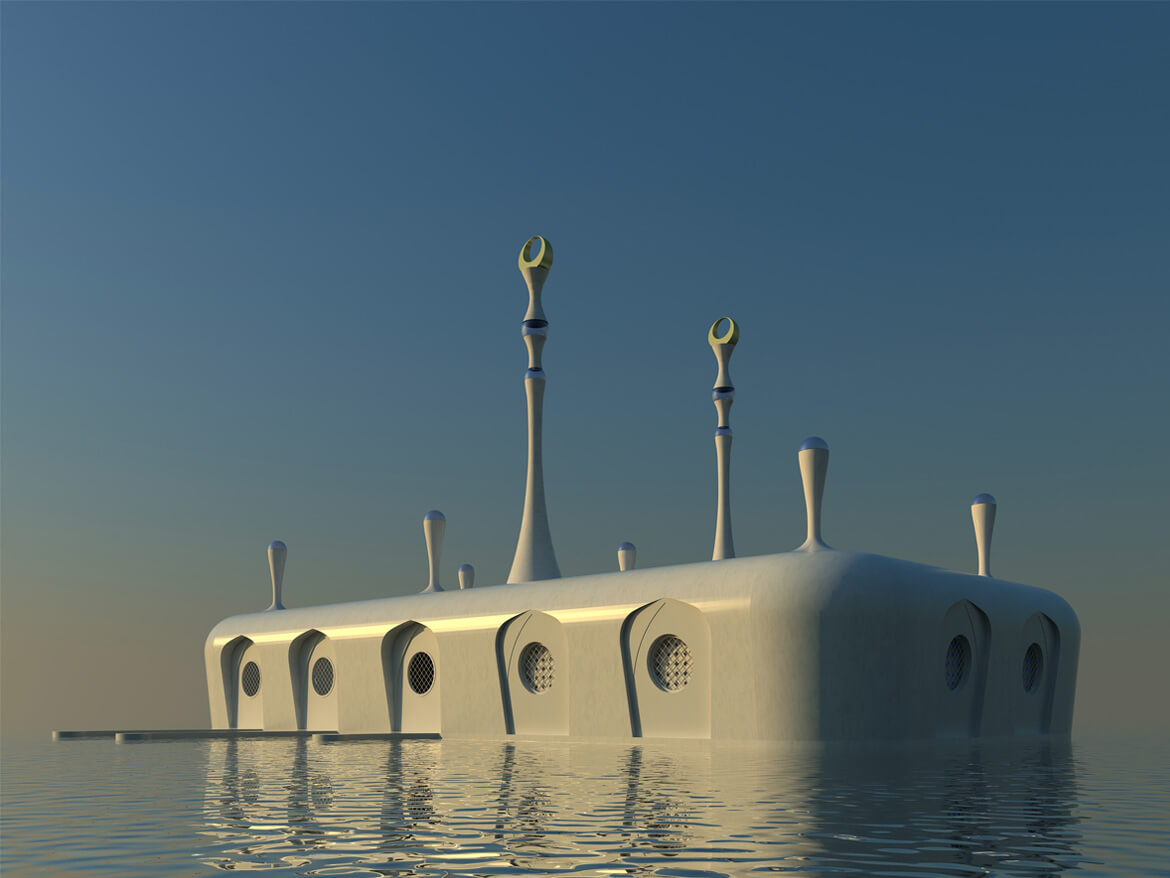Reuters about Waterstudio.NL:
‘Dutch learn to live with, instead of fight, rising seas’
Written by Reuters, Ben Berkowitz
AMSTERDAM (Reuters) – The watermark column inside Amsterdam’s city hall is more than just a tourist attraction, it’s a reminder that the Dutch capital like much of the rest of the Netherlands is well below sea level.
Some 70 percent of the country’s economic output is generated below sea level, protected by a complex-system of ancient dikes and modern cement barriers that hold back water from the sea and the multitude of rivers that weave through the country.
Now, with scientists’ predicting that sea levels will rise by about one meter (3.3 feet) this century, the Dutch are reversing centuries of tradition to create natural flood plains for rivers as well as rebuild mangrove swamps as buffers against the sea.
“We’ve been adapting for 1,000 years. That’s nothing new. It’s just that climate change is going faster than it was before,” said Lennart Silvis, the operational manager of the public-private Netherlands Water Partnership.
Instead of raising dikes, the Dutch want to reclaim land and build public recreation areas that can absorb storm surges.
Rather than dredging sand to maintain beaches, they are looking at dumping piles of sand offshore to create “sand engines” shifted by the tides. Marshes may be renewed to break the power of incoming waves.
There is even a campaign called “Room for the River” which would weaken levees to recreate natural flood plains along rivers, including the Rhine and its tributaries which flooded in 1995 following heavy rainfall that almost led to a calamity.
While the dikes can be shored up, as happened in 1995 preventing the country from being submerged in 6 meters (20 feet) of water, the dikes could collapse if the sand and clay that form the barriers absorb too much water over time.
Hence the need for a longer-term solution given the possibility the Netherlands may face sustained pressure from its rivers throughout this century as glaciers in Switzerland melt, raising the water level of the Rhine.
River discharge in the country is expected to rise 12.5 percent in the coming years. This is on top of rising levels already seen in the past 10 to 12 years.
Those who work to promote such ideas say natural water buffers are a smarter move than building higher flood walls that may not stand the test of time as sea and river levels rise.
“100 billion (euros) spent on safety alone under uncertain conditions is maybe not the wisest investment,” said Raimond Hafkenscheid, director of the Co-operative Program on Water and Climate (CPWC) in The Hague.
SWIMMING TO SURVIVE
Perhaps no country on Earth lives with rising seas in the way the Netherlands does. If the nationwide network of pumping stations failed, within a week the entire country would be covered in 1 meter (3 feet) of water.
From the age of four, virtually all children in the Netherlands start five years of swimming classes. Achieving the final “diploma” requires a test that includes treading water for half a minute, navigating an obstacle and then swimming 100 meters (328 feet) while fully dressed in heavy winter clothing.
It may sound extreme, but for Dutch families that remember the great flood of 1953, which killed over 1,800 people, wiped two villages off the map and required one of the post-war era’s largest international relief efforts, it is a small price to pay for peace of mind.
That flood, the source of the high watermark at Amsterdam city hall, drove water levels 4.5 meters (15 feet) above normal.
“A city can’t be prepared for all the change that will come but it can be flexible,” said Koen Olthuis, one of the principals of Waterstudio, a Rijswijk-based architecture firm that has designed floating structures around the world.
Fresh off a commission designing a floating mosque in Dubai, Oltenhuis is working on Het Nieuwe Water, a 2.5-kilometre wide project near the Hague that would include a series of floating apartments designed to rise and fall with the water level.
Such ideas are not new, there are already floating houses in the Dutch town of Maasbommel, to say nothing of Amsterdam’s houseboats. But they point toward the trend of living with the water, rather than trying to keep it out.
IMPLEMENTING CHANGE
The ultimate goal of the varied efforts across the country is to keep people dry while at the same time react more quickly to the threat of flooding.
The problem, some say, is that the Dutch are so confident about their existing flood systems that they don’t respond with any particular urgency when danger threatens.
“We would like to be two times faster and two times better in our decision making,” said Piet Dircke, a program manager at engineering firm Arcadis and the chairman of the Flood Control 2015 initiative.
At the IJkdijk near Groningen in the far north of the country, the group is testing a range of sensors from differet companies embedded within dikes to see if any demonstrate potential in predicting when and how a dike will fail.
But even before water hits the dikes, there are those who think it would be better to block its path in the first place.
Enter the Wadden Works, a concept for a campground alongside small lakes that would sit in front of the Afsluitdijk, a causeway built in the late 1920s and early 1930s to close off a salt water inlet of the North Sea called the Zuiderzee.
Developed by engineering and consultancy firm DHV, the Works would create a major new recreation area in the north of the country while also acting as a natural breakwater for one of the most important dikes in the world.
Almost anyone involved in water in the Netherlands will tell you without hesitation that preparation is essential as water will encroach from rising seas and river flooding due to climate change.
“We are more accepting now of the concept that nature will come, the water will rise,” said Martin Karelse, a hydraulic engineer by training who serves as a program manager for DHV.
A government commission recommended last year that the Netherlands spend an extra 1 billion euros a year over 100 years to improve its flood control. With the Dutch economy hurting from the global slowdown, few expect the mid-September budget to allocate anything close to that.
While the existing flood defenses are generally held to be adequate, the uncertainties around climate change leave those closest to the water — literally and figuratively — on edge.
“Not everything in the Netherlands is as set in place and organized as people think,” the CPWC’s Hafkenscheid said.



